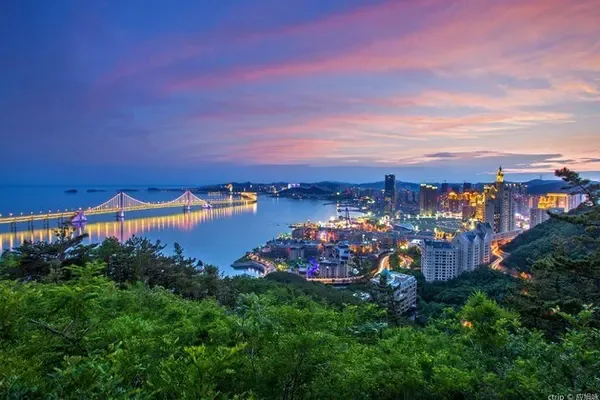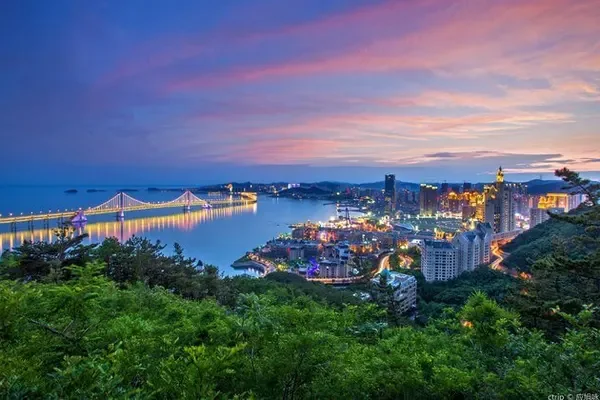Sichuan-Yunnan Loop, Series 19, Yajiang One Night
On the twelfth day, starting from Xiangcheng, passing through Sangdui, Litang, and finally arriving at Yajiang, the whole journey is more than 350 kilometers, all the way over Haizi Mountain, Tuer Mountain, Zhaga Mountain, Kazila Mountain, and Jianziwan Mountain. Although the weather is cloudy , but the scenery is still unlimited. Especially after Litang, all the way is high-altitude areas, and the increasingly charming scenery makes everyone forget the existence of high-altitude anti-corrosion.
On this road, the frequency of parking has increased significantly. The first is Rabbit Mountain. Every time I pass by, I have to look for the rabbit who was frightened and hid among the rocks on the top of the mountain. The mountain here is very strange, and a large area is steep. Ice erosion peak forest landform.
Going forward is Zhaga Mountain. Although the altitude of Zhaga Holy Mountain is not high, it has the potential to stand tall. You don't need to look at it from afar, but just touch it at close range. Next to the sacred mountain is the Zhaga Temple, where you can overlook Litang and fully experience the unique charm of the world's tallest city.
After passing Litang, it is the pass of Kazila Mountain. Every time I pass by here, I don’t leave much impression. Although this is a high mountain with an altitude of 4,700 meters, you can’t feel the existence of the mountain. What you see in your eyes is an alpine meadow. However, this time, Kazila Mountain moved us deeply. It was the setting sun, and the clouds in the sky were unpredictable and close at hand. Some blue sky and white clouds, the color of the sky is extremely rich. It is conceivable that under such a sky, bathed in golden sunlight, the shock slowly turns into emotion.
Seeing the spectacle of Kazila Mountain, the next Jianziwan Mountain didn't make a special stay, and went straight to Yajiang all the way. Yajiang means "river mouth" in Tibetan, and it is named after the Yalong River. This is the first time to live in Yajiang, enjoy your own night in Yajiang.

















On the thirteenth day, start from Yajiang, cross the pass of Gaoersi Mountain, pass Xindu Bridge, Tagong, Zheduo Mountain to Kangding, the whole journey is 141.4 kilometers. I have passed by Xindu Bridge N times and stayed there N times. This time I chose to stay in Yajiang and passed by Xindu Bridge.
What makes Xinduqiao a "photography paradise" is not Xinduqiao itself, but the scenery along the way, especially the scenery in late autumn. There is not much special about Xinduqiao in summer, just look at the temples and Tibetan houses on the side of the road. This time, we chose a little-known Baisang Temple. The gate was closed, but there was an endless stream of villagers coming here to transfer to the temple. The temple is authentic, simple and peaceful, and the surrounding area is quite distinctive, especially the traditional Muya Tibetan. style dwellings. Most of these dwellings are made of stone and wood structures, and the stone materials are generally flakes and block stones. At first glance, they are not only solid, but also beautiful, blending with the surrounding scenery and becoming a highlight of Xindu Bridge.
From Xindu Bridge to Tagong Temple, you must pass the Tagong River. This is a river valley full of elements of the "six-character mantra" (嗡, ma, nei, bai, mi, hum). Mani stones engraved with the "six-character mantra" can be seen everywhere on the cliffs and stone walls of the valley and on the reefs in the river. I remember the first time I passed by this river, I just stared blankly at the torrent of boulders that had been given new life in the river channel. I can imagine the shock at that time, and I took pictures by the river for 2 hours. Passing by this time, the light was not good, and I didn't stop deliberately, just leaving a mark of my visit here.

















